Price and Availability
The Seagate Desktop SSHD 4TB (ST4000DX001) drive is available and can be ordered from popular online stores. This drive was originally priced above $200 USD, around $249. However, at the time this article was published, the 4TB capacity comes with a retail price of $159.99 USD only, making it really competitive not only in terms of performance but in terms of price as well. It also comes with a 3 year limited warranty from the manufacturer.
Seagate Desktop SSHD 4TB Review: Conclusion
After benchmarking the Seagate Desktop SSHD 4TB drive, I visited some popular online stores and checked what hard drives that are priced similarly with the 4TB SSHD. Some of the high performance drives, like the WD Red Pro 4TB are priced higher, even WD’s Black 4TB is priced somewhere at $202 (at the time this review was published). If the Seagate SSHD 4TB is still priced at $200 USD or above, my take on this hybrid drive might have been different. But considering that Seagate has lowered the price, making it very competitive, recommending this drive is much easier.
Based on the benchmark results, the Seagate Desktop SSHD 4TB is not 5x faster than a 7200RPM hard drive in terms of sequential read/write speed. Otherwise, this drive would already be on par with a full pledge SSD. I’ve seen a lot of people asking that question if it’s really 5x faster, and the answer is just no. It’s still nowhere near the performance of a full pledge SSD. But it is still faster than most 7200 RPM hard drive currently on the market, and is even on par with high performance or enterprise class hard drives that cost (way) more.
If you ever decide to buy one, there are things that you need to consider. The Seagate Desktop SSHD features an Adaptive Memory Technology where it effectively identifies the most frequently-used data and stores it in the NAND flash. This means that if you are using this as an OS drive, or storage for your games and applications, you will definitely benefit from the technology. As a result, you should be able to see improvements in terms of loading time compared to a typical hard drive. However, there is an exemption. If you plan to use this to edit high definition videos or computer aided designs that use large and rapidly changing data sets, you may not see some significant benefits using this drive.
Aside from its limitation, I don’t see any other reason why I shouldn’t recommend this drive. It simply works, it performs well, and it didn’t fail us on our tests. Can’t wait to see what Seagate has in their future SSHD lineup, should they decide to take it to the next level.

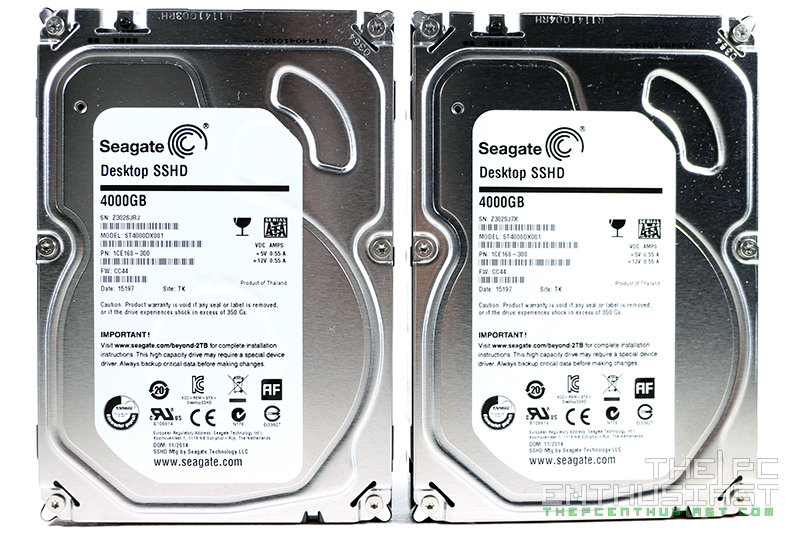
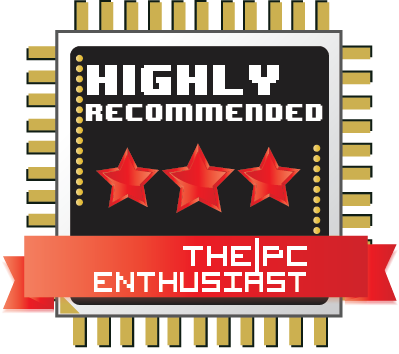
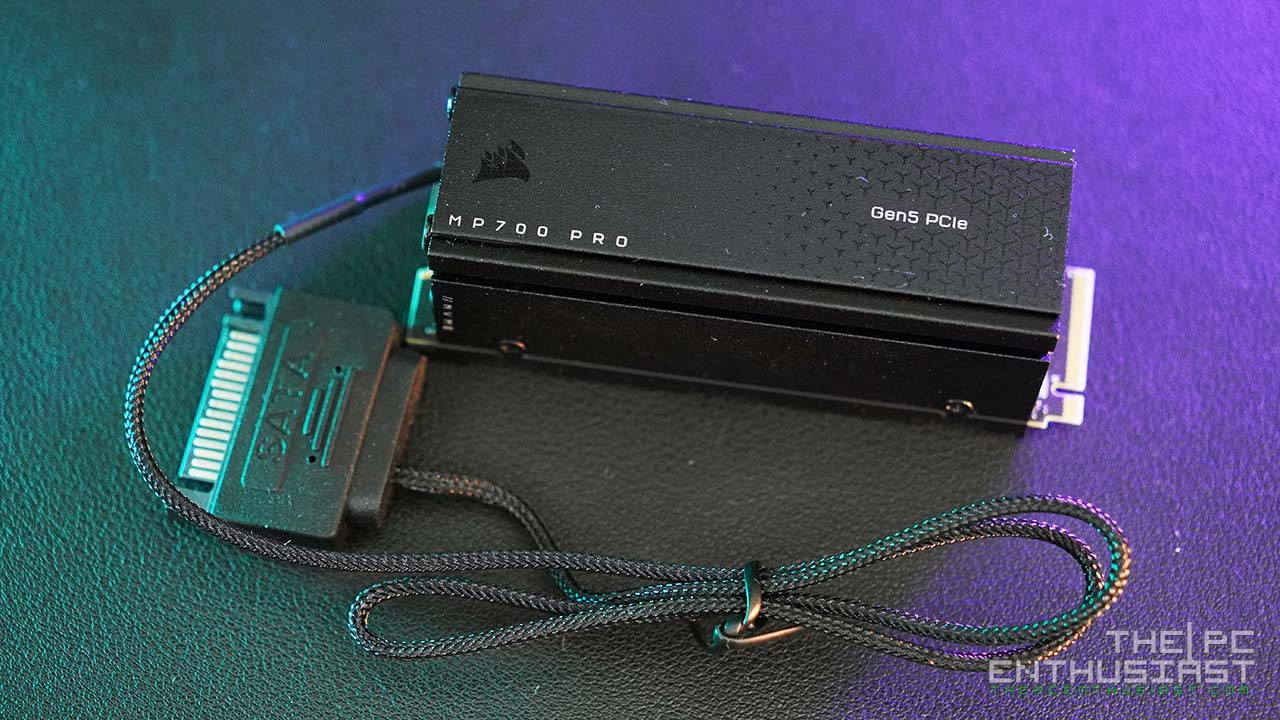
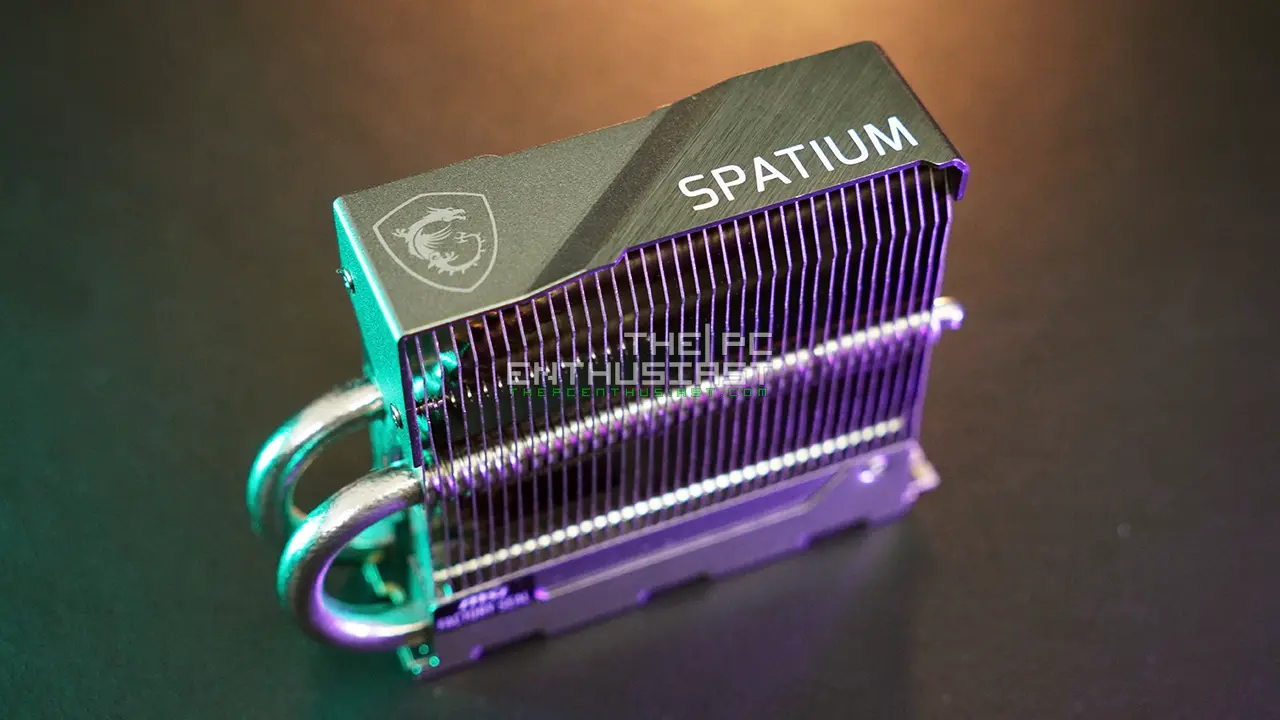
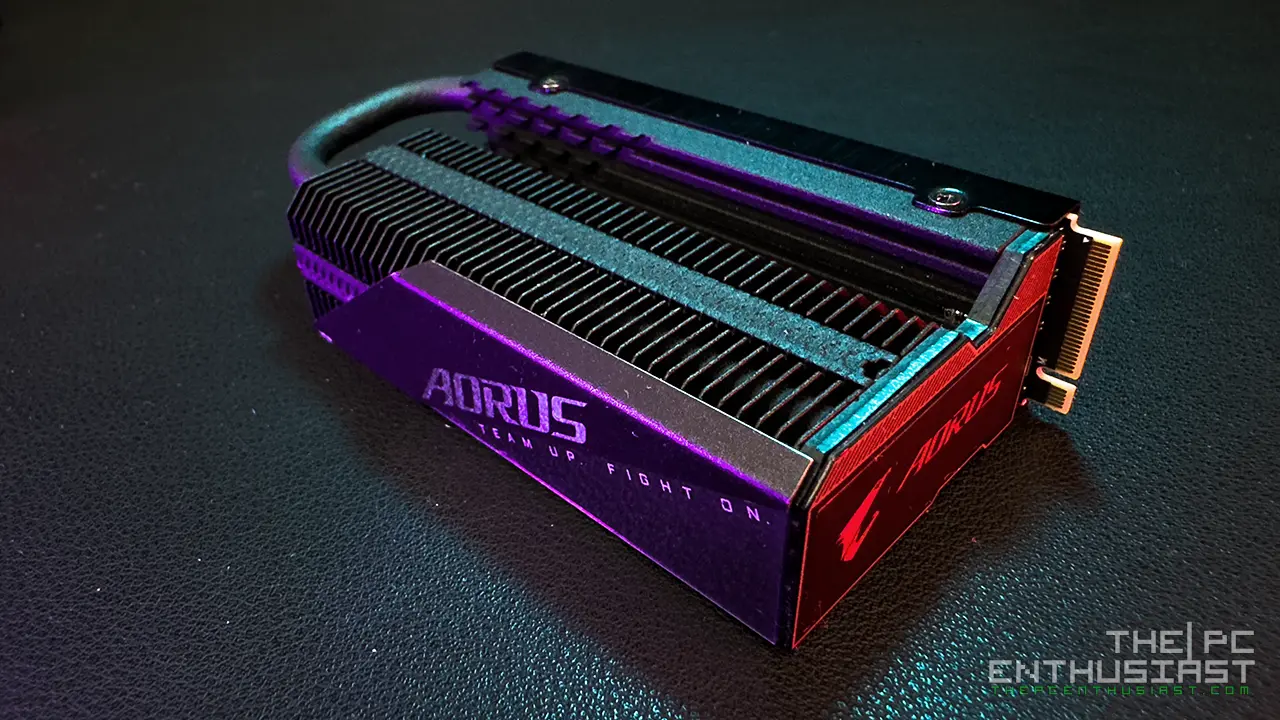
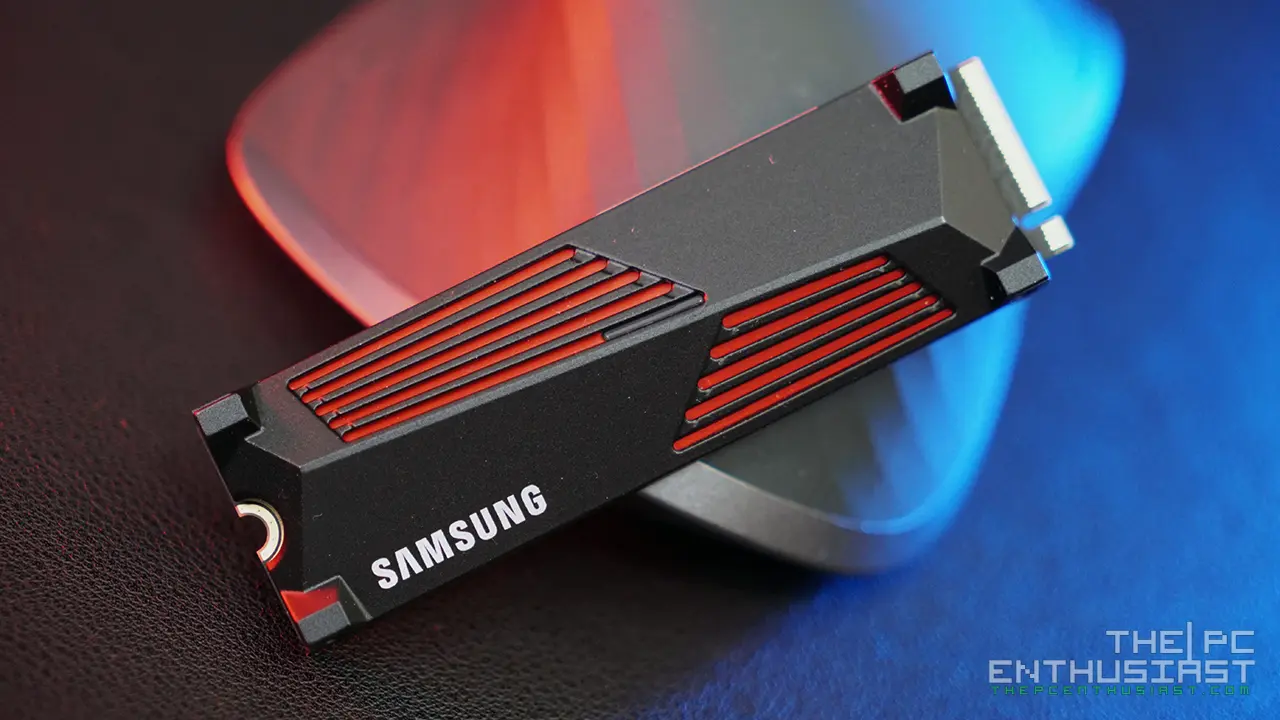
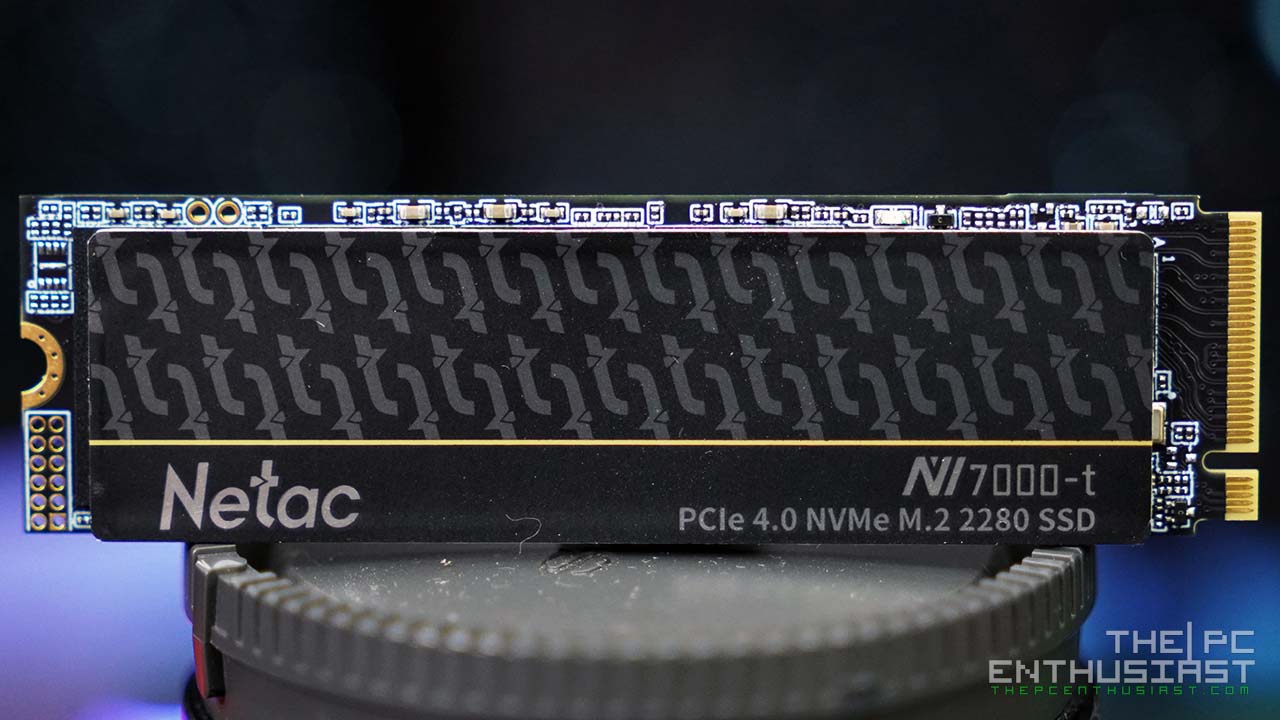
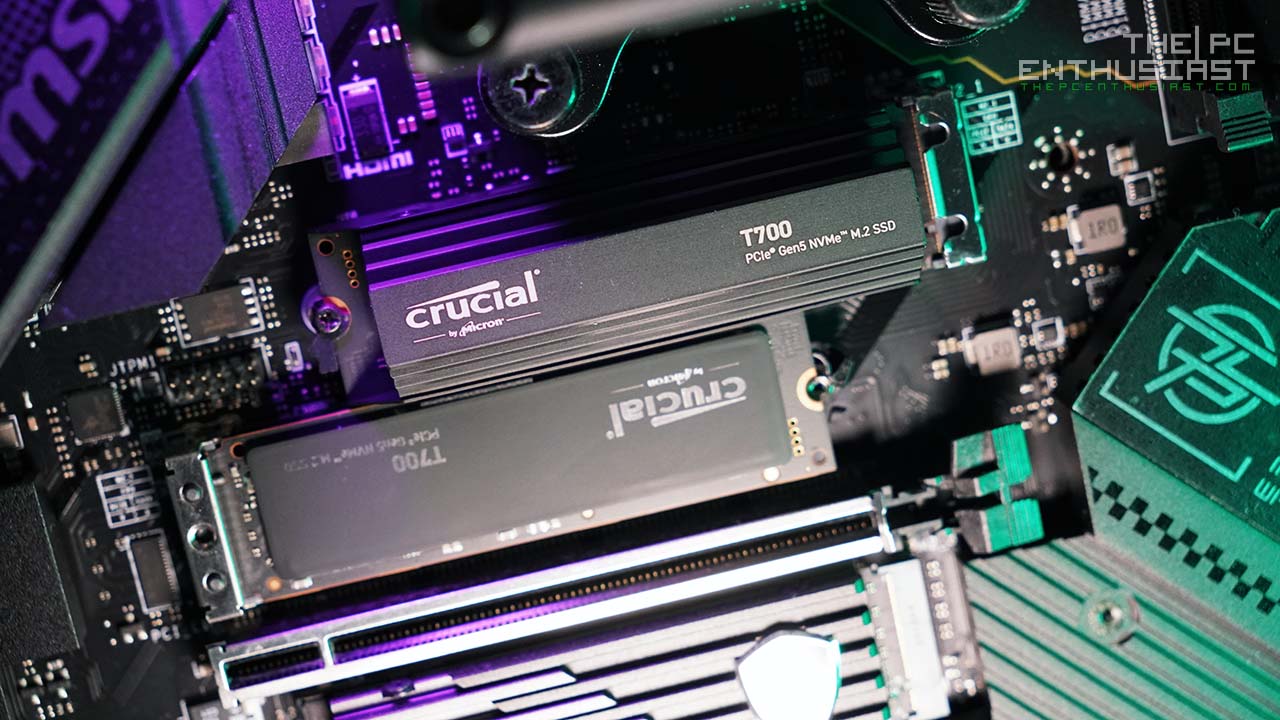

Smoke and mirrors. The tests are not designed for dealing with SSHD drives in a RAID or otherwise.
yes there are more appropriate test for RAID 0 for the SSHD. But just to give you an idea how these drives perform on RAID 0 mode. These SSHD drives are quite tricky to benchmark actually. However, at this point in time it may not be a good solution to put these two drives in RAID 0 mode. Newer seagate drives are faster even without the help of nand chips. Not just Seagate, WD and HGST as well.
You can’t test a SSHD using a benchmark, the drive learns what files are used often… meaning that if you use a new file wich is what a benchmarking tool does, you won’t use The nand at all and you are only testing the HDD part. You need to open say Photoshop 8 times for it to learn what files to cache into the nand. and each time you launch it it should reduse the time more and more until you can’t make it faster.
You are correct. The benchmark is provided to give us a glimpse of its performance. That’s why we are seeing some lower than expected performance on some tests because the drive hasn’t “learned” or got familiar with the files being processed. The Seagate SSHD is already an older product and currently we see newer drives (that are not SSHD) that are faster or on par with this one. And with the prices of SSDs going lower and lower, I don’t see SSHD as an attractive solution anymore. I normally would go for an SSD + HDD setup instead.